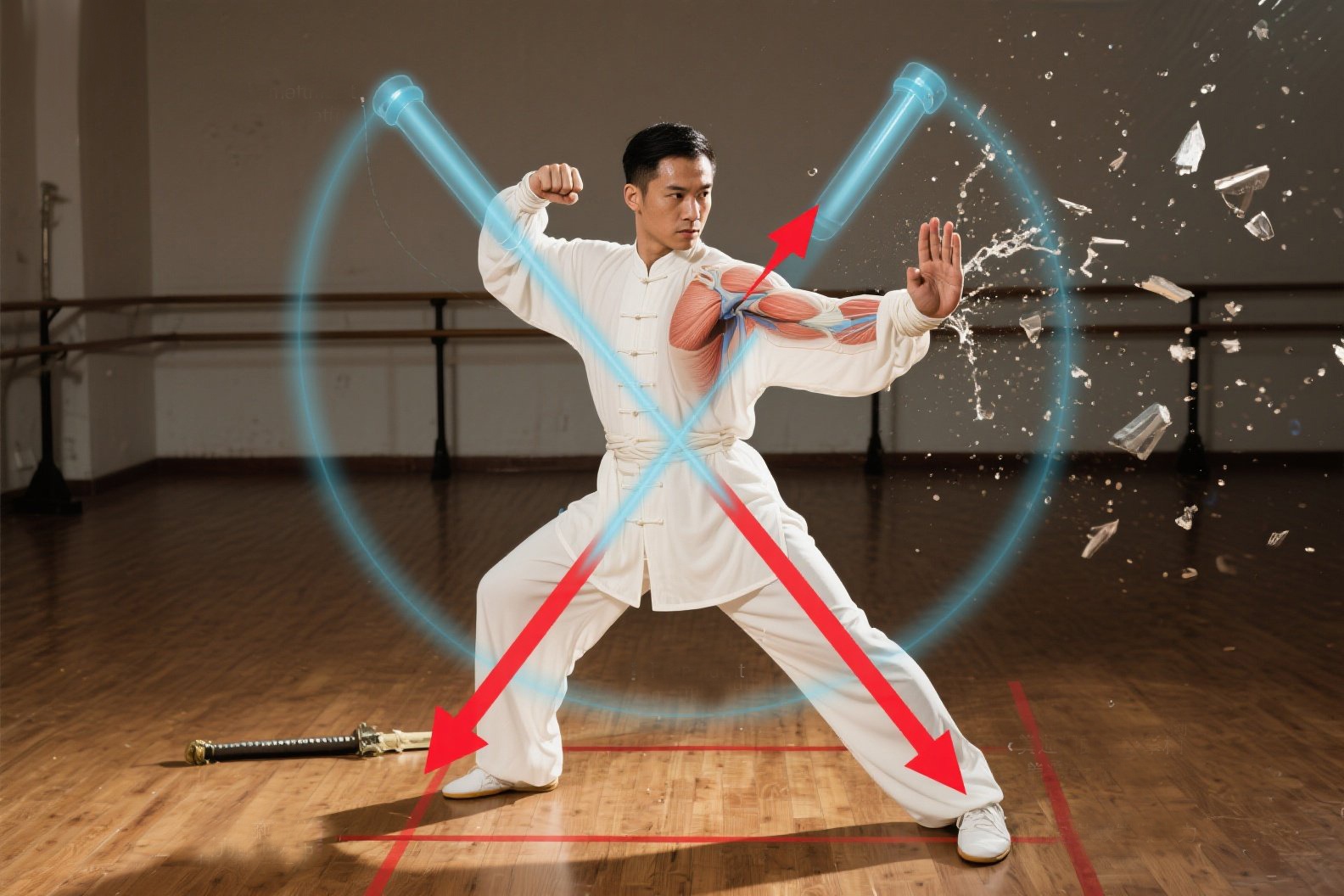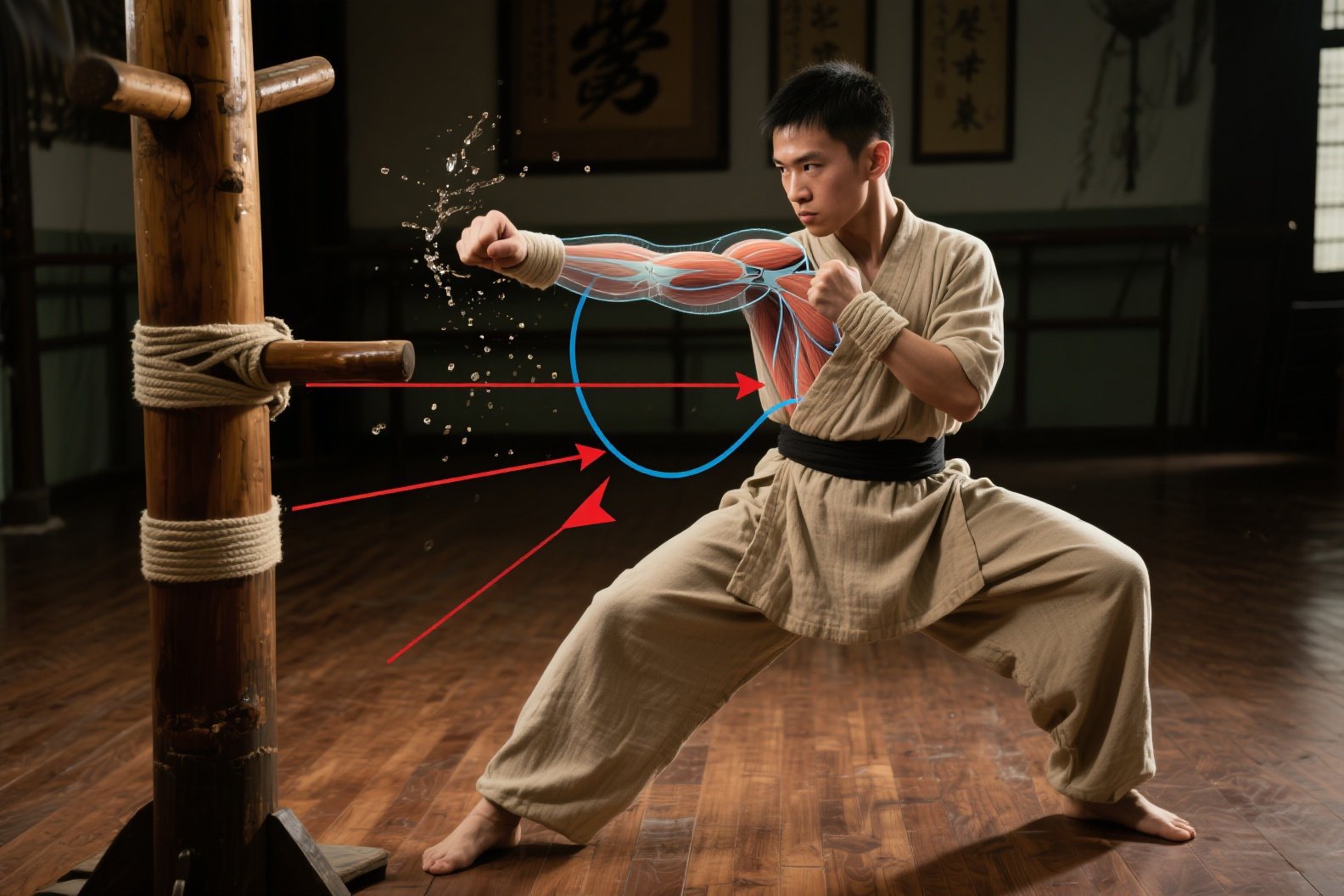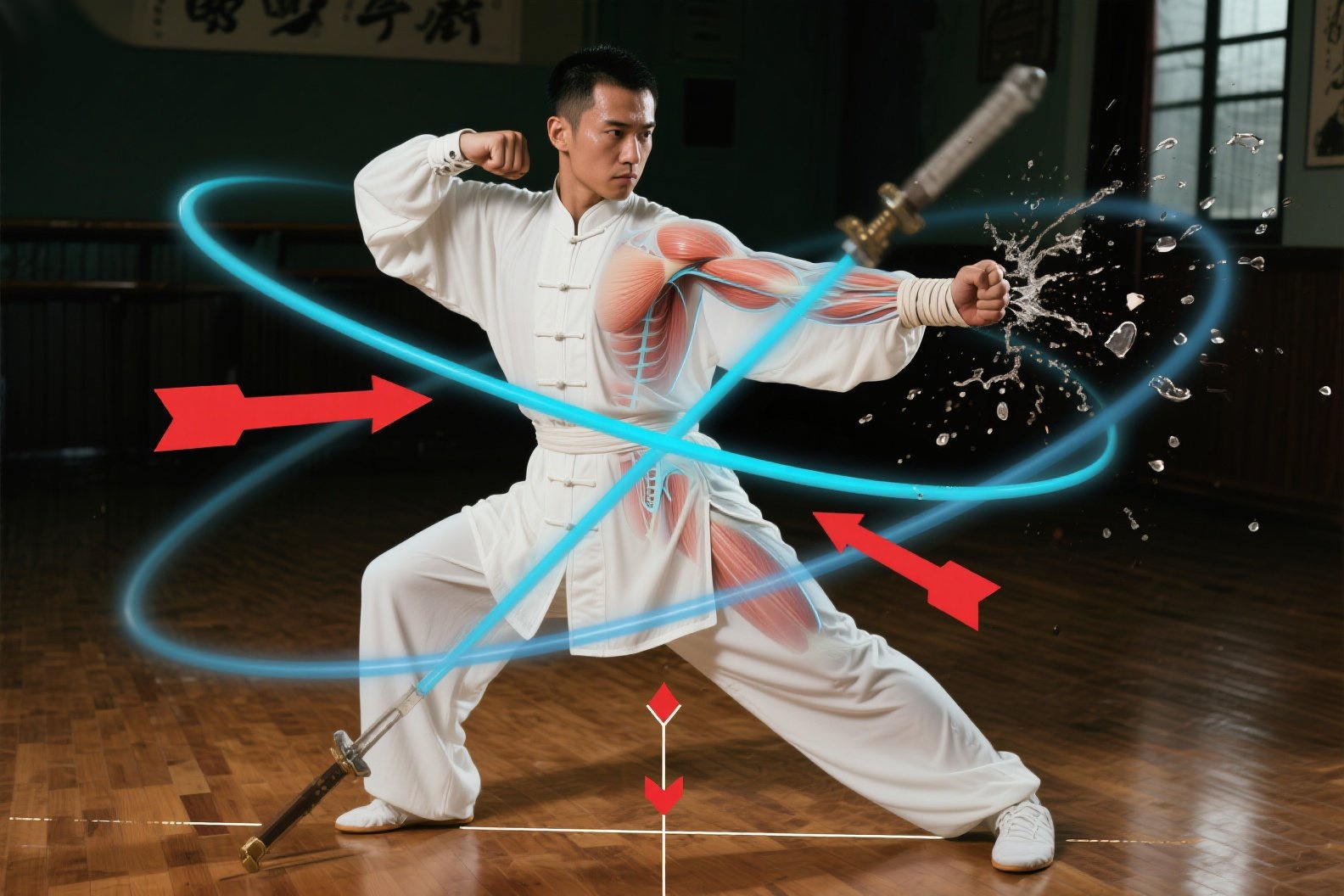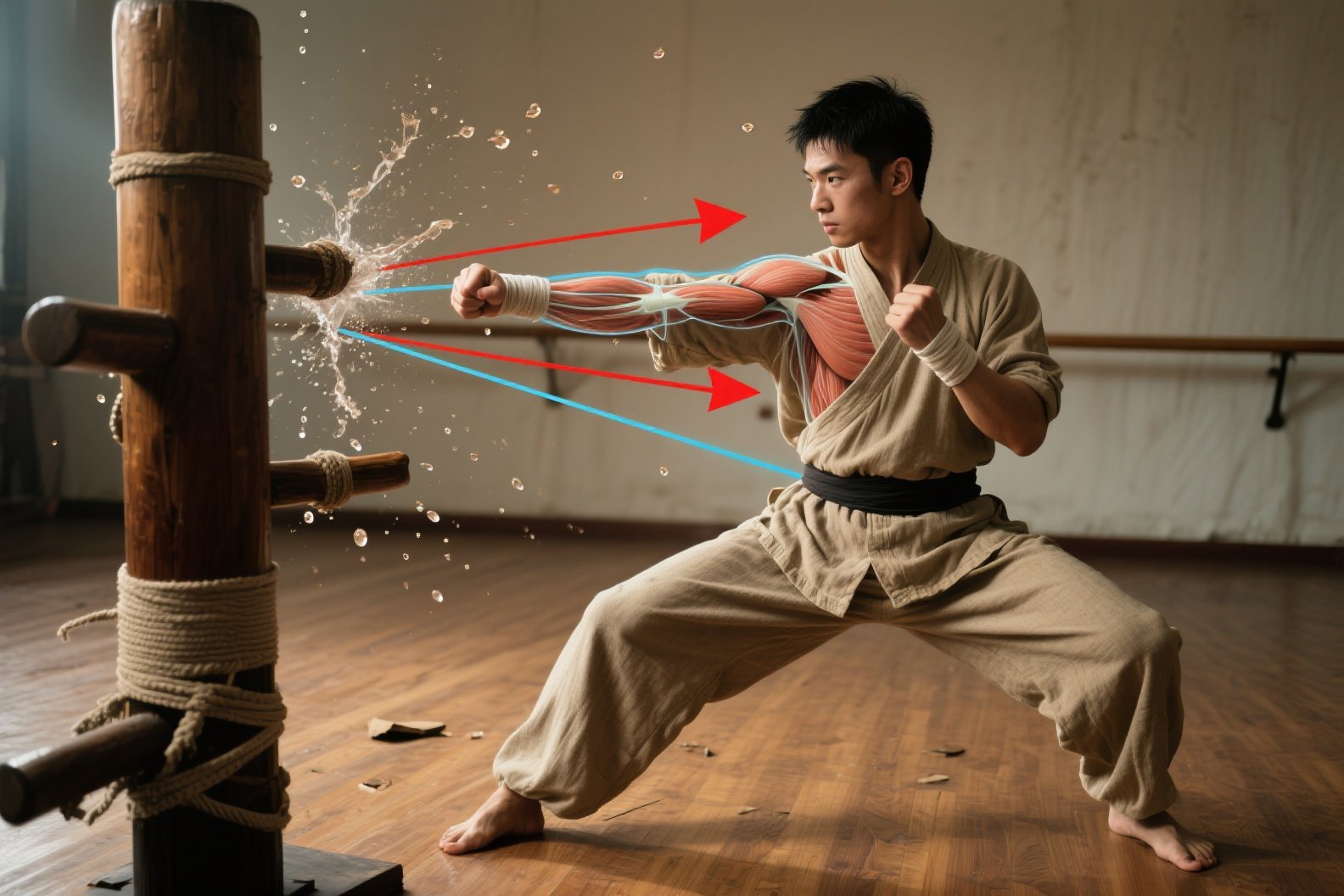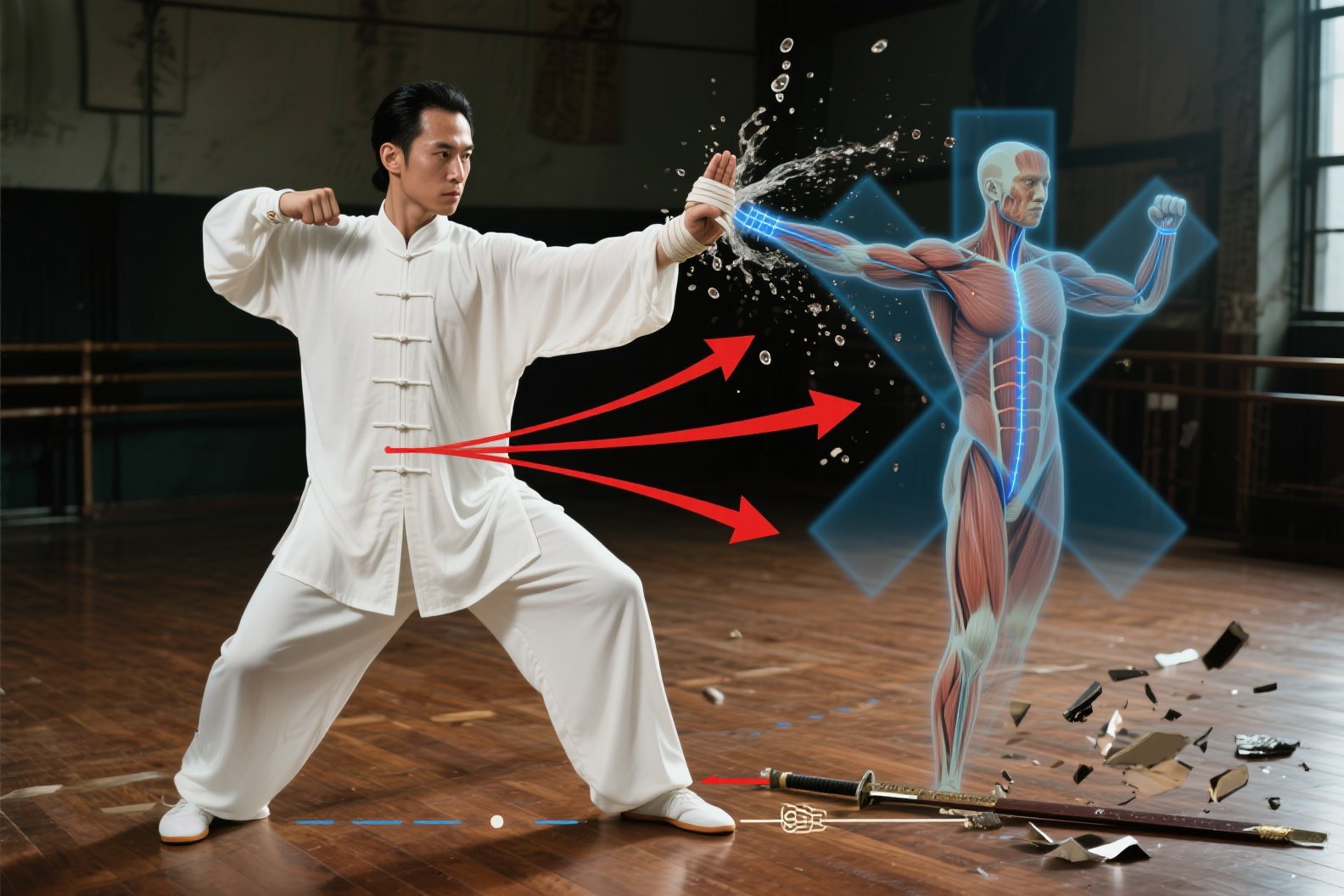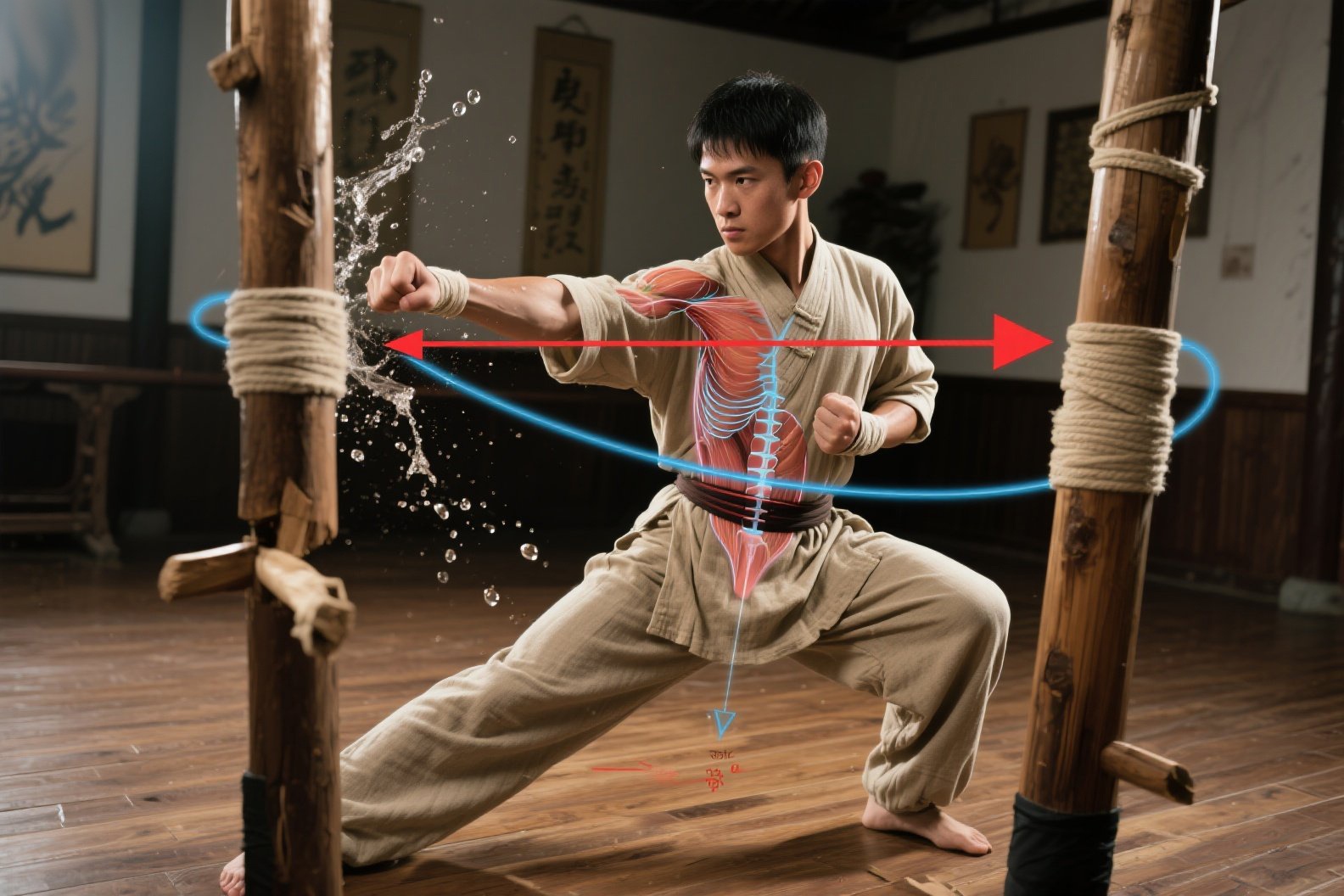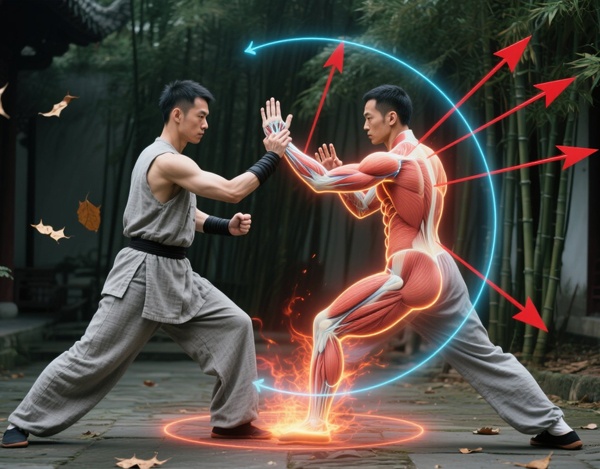When it comes to Southern Chinese martial arts, Bak Mei Quan (White Eyebrow Kung Fu) and Wing Chun (咏春) are two of the most iconic and widely practiced systems. Both styles have gained global recognition for their effectiveness, efficiency, and historical significance. However, they differ in their techniques, philosophies, and approaches to self-defense. In this article, we’ll dive into a detailed comparison of Bak Mei vs. Wing Chun, exploring their origins, key principles, and what sets them apart.
Origins and Development
Both Bak Mei Quan and Wing Chun trace their roots to Southern China, where they were developed during the 19th and early 20th centuries.
Bak Mei Quan : Bak Mei Quan is said to have originated from the teachings of Wong Fei Hung, a legendary martial artist who synthesized various martial arts styles into a practical system. Bak Mei emphasizes rapid hand strikes, precise footwork, and the use of energy (Chi) to overcome an opponent.
Wing Chun : Wing Chun is traditionally attributed to the Buddhist nun Ng Mui, who created the system based on the principles of efficiency and minimal effort. The style was later popularized by the famous martial artist Ip Man, who taught it to students in Hong Kong during the mid-20th century.
While both styles have roots in Southern China, their philosophies and techniques reflect different priorities.
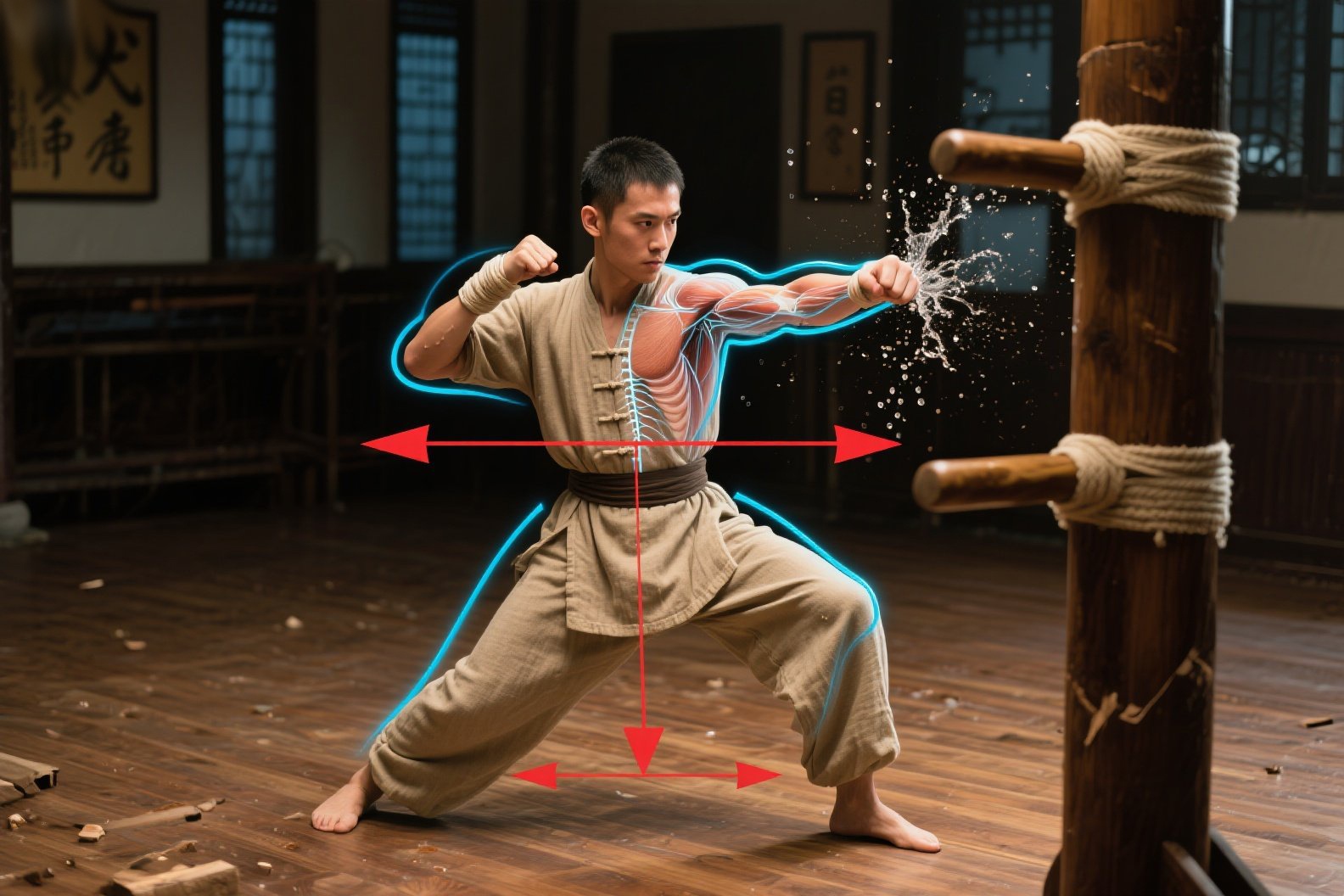
Key Principles and Techniques
Bak Mei Quan
Bak Mei Quan is known for its explosive power, rapid hand strikes, and emphasis on close-range combat. Key principles include:
Speed and Precision : Bak Mei techniques are designed to deliver quick, decisive blows to an opponent’s vulnerable points. This makes it highly effective in real-world self-defense scenarios.
Energy and Chi : Practitioners focus on cultivating internal energy (Chi) to enhance their strikes and movements. This aspect gives Bak Mei a more holistic, energy-based approach.
Footwork : Bak Mei’s footwork is fast and agile, allowing practitioners to move quickly and maintain control in dynamic situations.
Wing Chun
Wing Chun is renowned for its efficiency, simplicity, and focus on practicality. Key principles include:
Centerline Theory : Wing Chun emphasizes controlling the centerline of the body, which is considered the most vulnerable area for an opponent. This principle allows practitioners to neutralize attacks with minimal effort.
Close-Range Combat : Wing Chun techniques are designed for close-range encounters, focusing on short, powerful strikes and defensive blocks.
Economy of Motion : Wing Chun favors simplicity and minimal movement, ensuring that each action is purposeful and efficient.
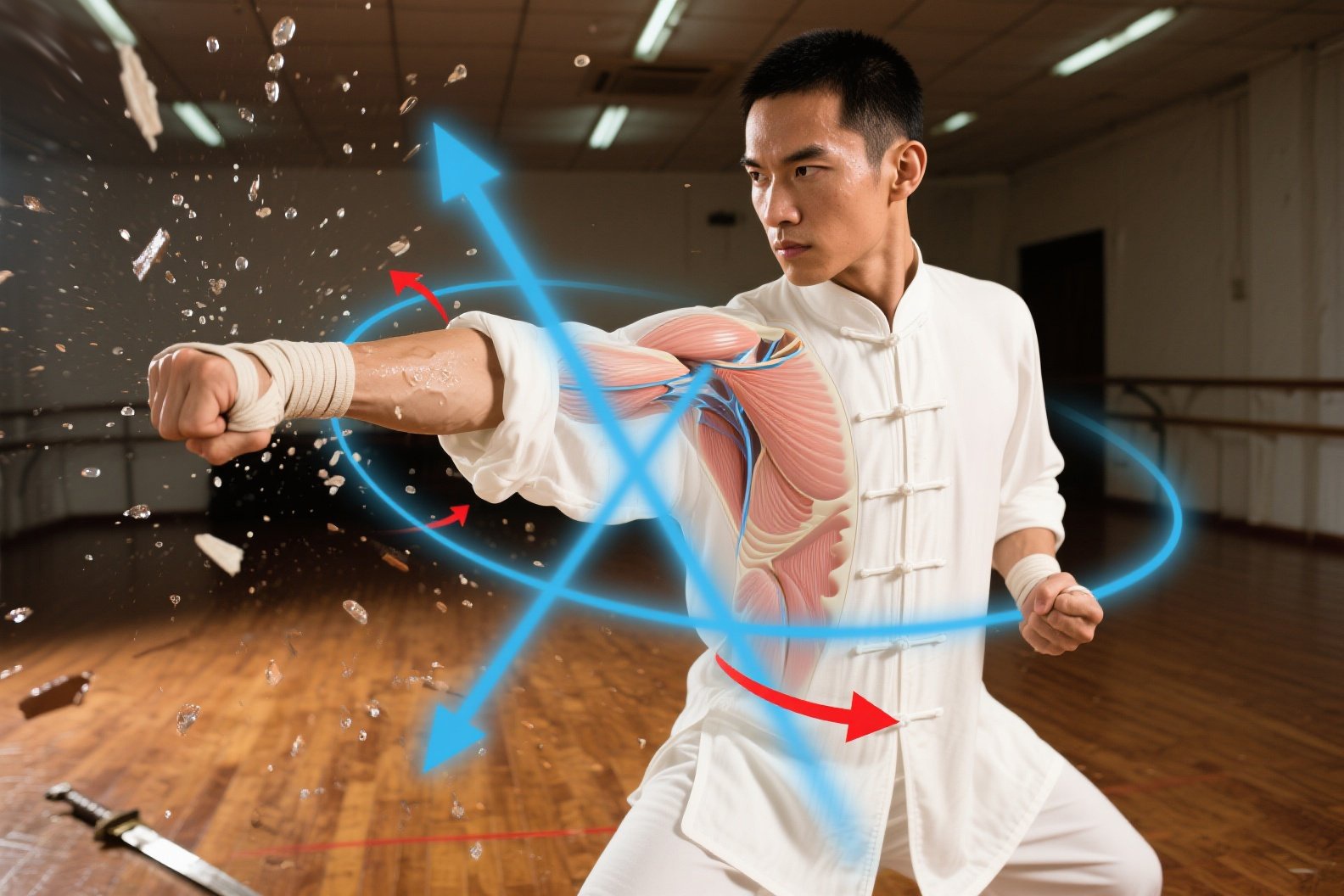
Training and Application
Bak Mei Quan
Bak Mei Quan training is intense and rigorous, with a strong emphasis on both physical and mental discipline. Practitioners learn a wide range of techniques, including:
Hand Strikes : Punches, palm strikes, and finger jabs are central to Bak Mei’s offensive arsenal.
Footwork : Quick, precise footwork is essential for maintaining balance and controlling the fight.
Sparring : Bak Mei sparring is realistic and dynamic, simulating real-world self-defense scenarios.
The style is highly adaptable, making it suitable for individuals of all ages and fitness levels.
Wing Chun
Wing Chun training focuses on developing a strong foundation in the basics before progressing to more advanced techniques. Key aspects of training include:
Forms and Drills : Wing Chun has a structured system of forms (like Siu Nim Tao and Chum Kiu) that teach the fundamentals of movement and technique.
Chi Sao (Sticking Hands) : This drill is a hallmark of Wing Chun, emphasizing sensitivity, control, and the ability to adapt to an opponent’s movements.
Sparring : Wing Chun sparring is realistic and emphasizes close-range combat, allowing practitioners to apply their techniques under pressure.
Wing Chun’s emphasis on efficiency and practicality makes it a popular choice for self-defense and martial arts enthusiasts.
Philosophy and Cultural Significance
Both Bak Mei Quan and Wing Chun are deeply rooted in Chinese martial arts philosophy, but they differ in their cultural and philosophical approaches.
Bak Mei Quan : Bak Mei Quan emphasizes the cultivation of internal energy (Chi) and the integration of physical and mental strength. It is often associated with the teachings of Wong Fei Hung, who promoted the use of martial arts for self-defense and social justice.
Wing Chun : Wing Chun’s philosophy centers on efficiency, minimal effort, and the principle of “using softness to overcome hardness.” The style is closely tied to the history of the Chinese martial arts community and has been popularized through movies and media, particularly the Ip Man series.
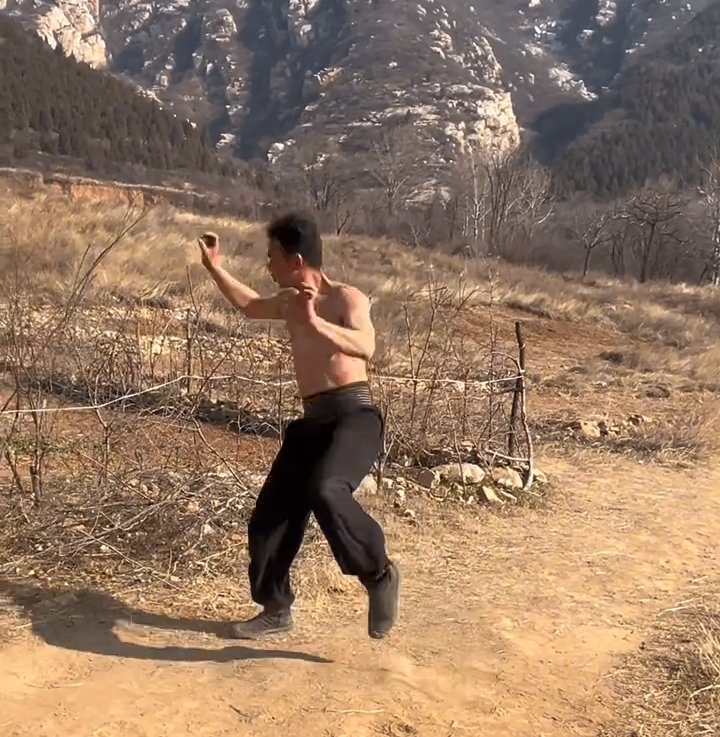
Which Style is Right for You?
Choosing between Bak Mei Quan and Wing Chun ultimately depends on your goals and preferences:
Choose Bak Mei Quan if:
You want a style that emphasizes speed, power, and explosive techniques.
You’re interested in learning a system that integrates internal energy and holistic practices.
You enjoy dynamic sparring and realistic self-defense training.
Choose Wing Chun if:
You prefer a system that focuses on simplicity, efficiency, and close-range combat.
You’re drawn to the philosophy of minimal effort and maximum impact.
You want to learn a style with a strong cultural and historical foundation.
Conclusion
Bak Mei Quan and Wing Chun are both exceptional martial arts styles with unique strengths and philosophies. While Bak Mei Quan is known for its explosive power and holistic approach, Wing Chun is celebrated for its efficiency, simplicity, and close-range combat techniques.
Whether you’re drawn to the dynamic energy of Bak Mei Quan or the practicality of Wing Chun, both styles offer a wealth of benefits for physical fitness, mental discipline, and self-defense. By researching their techniques, philosophies, and training methods, you can choose the style that aligns best with your goals and interests.
If you’re ready to explore the world of Southern Chinese martial arts, why not try both styles and see which one resonates with you? After all, martial arts is not just about learning techniques—it’s about finding a path to self-improvement and personal growth.
This article is optimized for SEO and keyword-rich content to help improve search engine rankings for terms like "Bak Mei vs. Wing Chun" and "Bak Mei Quan martial arts."

